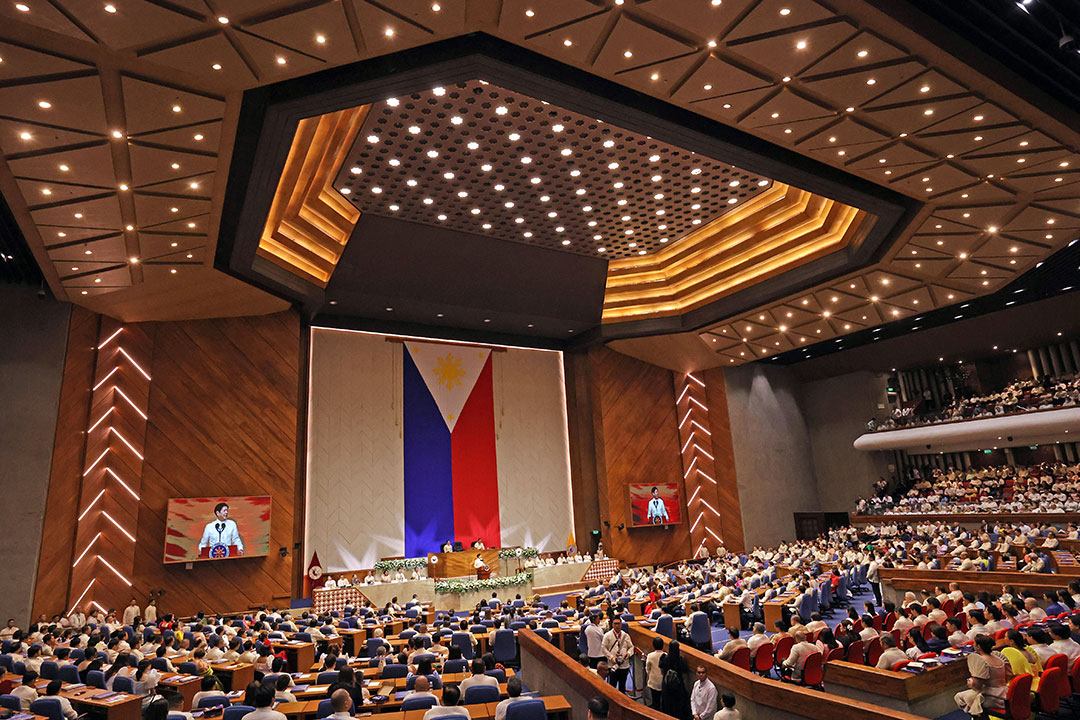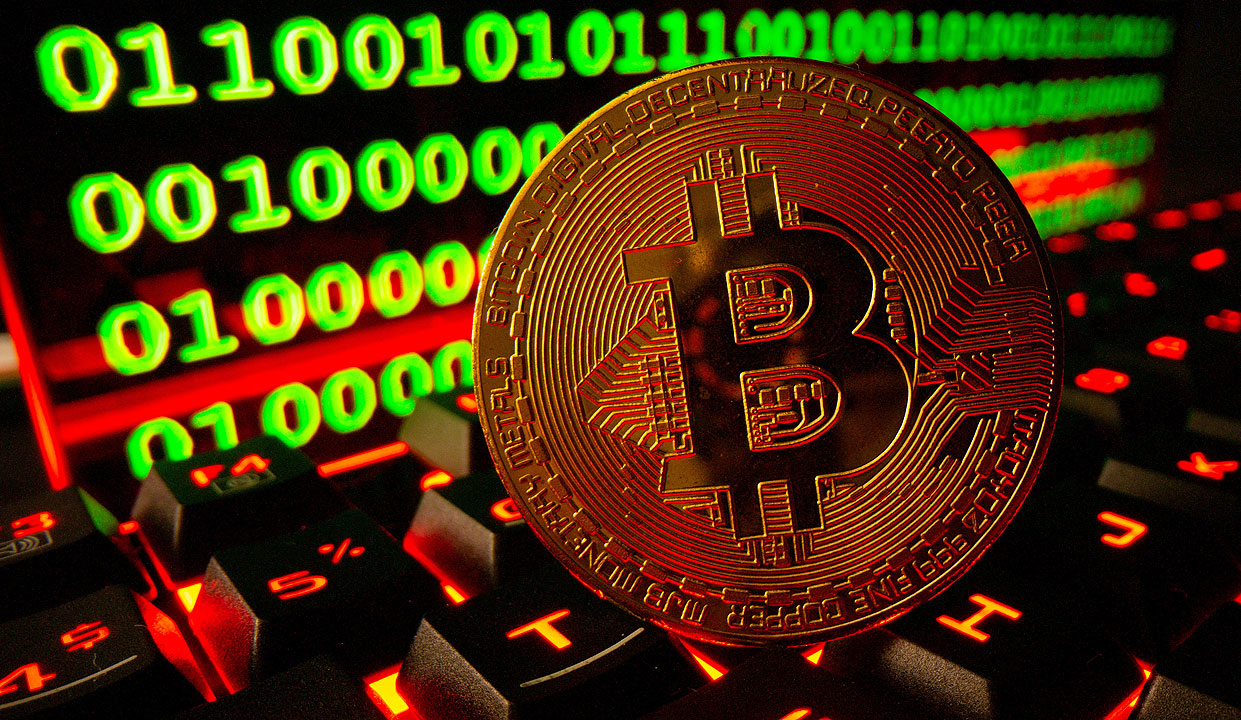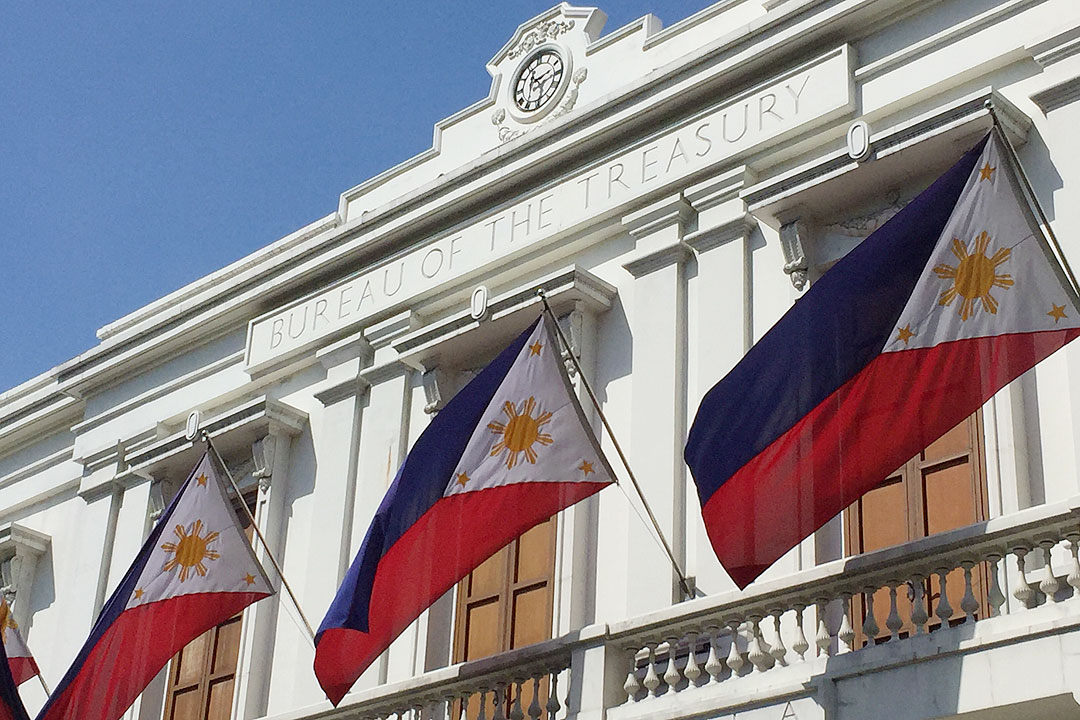Global investors are on edge as the US Federal Open Market Committee (FOMC) begins its two-day policy meeting today, with a decision on interest rates expected on June 18. While the US Federal Reserve is widely anticipated to keep rates unchanged, markets are closely tracking the Fed’s guidance amid lingering uncertainty over US tariff policies and their potential drag on growth.
Recent inflation data has provided some relief. The US headline Consumer Price Index (CPI) for May rose a modest 0.1 per cent month-on-month and 2.4 per cent year-on-year, while core CPI increased 0.1 per cent and 2.8 per cent respectively — reinforcing expectations of a pause.
But in India, where the market has historically shown high sensitivity to US monetary policy, the Fed meeting remains a key volatility trigger.
Also read: Gold edges higher as middle east tensions escalate, Markets eye Fed decision
Why It Matters for Indian Investors
Any hint of a future rate hike could spook foreign portfolio investors (FPIs), who play a dominant role in the Indian equities landscape. A significant portion of these flows come via the “carry trade” — borrowing in the low-interest US markets and investing in higher-yielding assets in India. As a result, any tightening by the Fed narrows this profit margin, making Indian markets less attractive.
Four-Way Hit from a Fed Hike
1) Capital Outflows – Higher US rates draw investors back to American assets, triggering FPI outflows from India.
2) Stronger Dollar – A rate hike boosts the dollar, weakening the rupee and further eroding FPI returns.
3) Rising Borrowing Costs – Both globally and domestically, interest costs rise, impacting corporate profitability and credit demand.
4) Increased Market Volatility – Short-term investors often exit emerging markets, triggering sharp swings in indices.
RBI’s Defensive Play
To offset potential outflows, the Reserve Bank of India has been steadily building its foreign exchange reserves. It also remains flexible on rate decisions, with room to cut if volatility spikes. The central bank closely mirrors Fed signals to maintain policy stability without compromising growth.
When the Fed Cuts Rates
A dovish Fed, on the other hand, typically acts as a tailwind for Indian equities. Case in point: in October 2019, after the Fed’s third rate cut of the year, the Sensex surged to a record high the very next day. Lower US rates make Indian assets more attractive to global investors, especially when domestic inflation is under control.
Market on High Alert
With the Fed expected to hold rates but possibly tweak its tone, Indian market participants will be listening closely. Any signs of softness in the Fed’s outlook could lift sentiment, while hawkish signals may reignite volatility across equity, currency, and bond markets.
With the FOMC decision due late June 18, Indian traders are set for a potentially turbulent week ahead — one that could once again prove just how much Wall Street influences Dalal Street.

 4 hours ago
1
4 hours ago
1






















 English (US) ·
English (US) ·